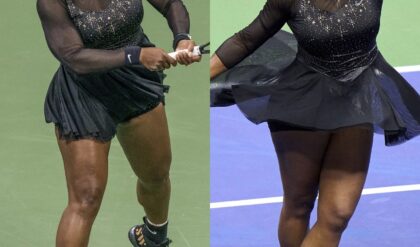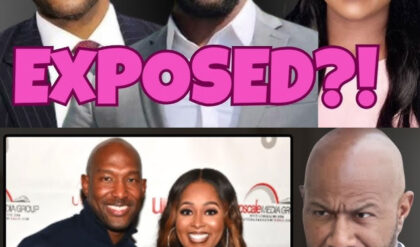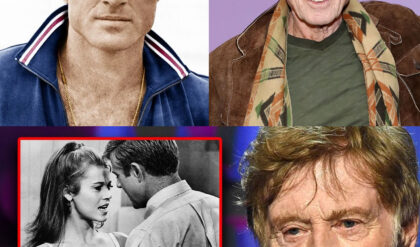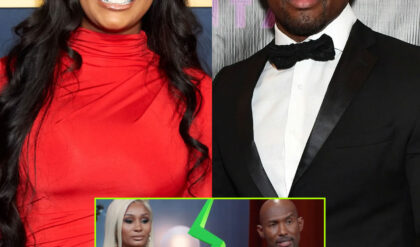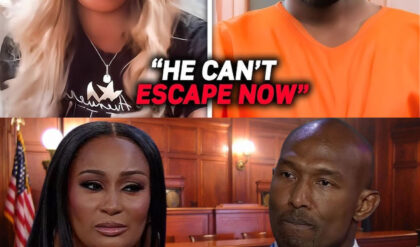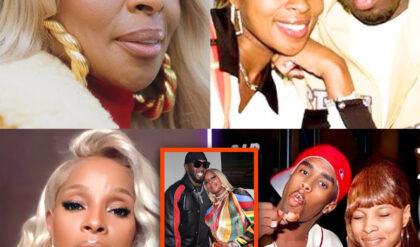Exploring Controversy: The Rise of Provocative Influences in Hip-Hop Culture.
In recent years, the hip-hop landscape has witnessed the emergence of artists who use shock value to captivate audiences, pushing societal boundaries and raising questions about influence on youth.
Among these figures, artists like Sexy Red have gained notoriety not only through music but by openly promoting provocative imagery and language, often celebrated by a younger demographic.
This trend has sparked concern and debate regarding the impact of such messages on the impressionable youth who engage with these artists and the cultural values they potentially endorse.
Sexy Red recently announced a lip gloss line with flavors named after sexual references and bodily functions, such as “Coochie Juice” and “Yellow Discharge.”

This marketing strategy is emblematic of her appeal, which combines explicit content with brash authenticity, resonating with young fans.
While some see it as empowering or edgy, many critics argue it crosses the line of decency and sends troubling messages about body and self-image to minors.
The lip gloss line is anticipated to be a commercial success, reflecting the significant demand among youth for the controversial branding.
Beyond the product itself, the issue reflects broader societal concerns. Hip-hop’s influence on youth has historically been a double-edged sword.
While the genre can inspire and give voice to marginalized communities, the promotion of explicit or reckless lifestyles can inadvertently contribute to negative behaviors.
In this instance, the critique is not limited to Sexy Red alone; it extends to media figures and platforms that amplify her image without challenging her content’s impact on young listeners.

Interviewers and influential platforms, such as Angie Martinez or the hosts of “Million Dollars Worth of Game,” have faced criticism for failing to address the potential harm posed by such themes in their interviews, thereby normalizing the content.
The consequences of such unchecked influence on youth are more than theoretical. As Sexy Red’s audience is largely under 18, her messaging has sparked particular concern among parents, educators, and community leaders.
Observers argue that this generation of teens—who are still forming their values—may be swayed by celebrity lifestyles that glamorize hypersexuality without emphasizing self-respect, boundaries, or personal responsibility.

The branding of her products and music reflects and perpetuates a cycle where young fans imitate these behaviors without grasping their implications, raising concerns about the broader societal impact.
These concerns, however, are not without complexities. Critics also face the challenge of balancing artistic freedom with social responsibility.
Sexy Red’s fans and defenders may argue that she provides a form of expression that resonates with those who feel overlooked by mainstream norms.
Others argue for the need to hold artists accountable for the messages they send, especially when targeting a vulnerable demographic.
The ongoing conversation around Sexy Red and her impact underscores the need for balance in entertainment: recognizing art’s role in challenging boundaries, while also safeguarding young minds from messages that could harm their development.
Ultimately, the call for responsible influence is not about silencing voices but about fostering a culture where artists and platforms respect the power they wield over impressionable audiences.
